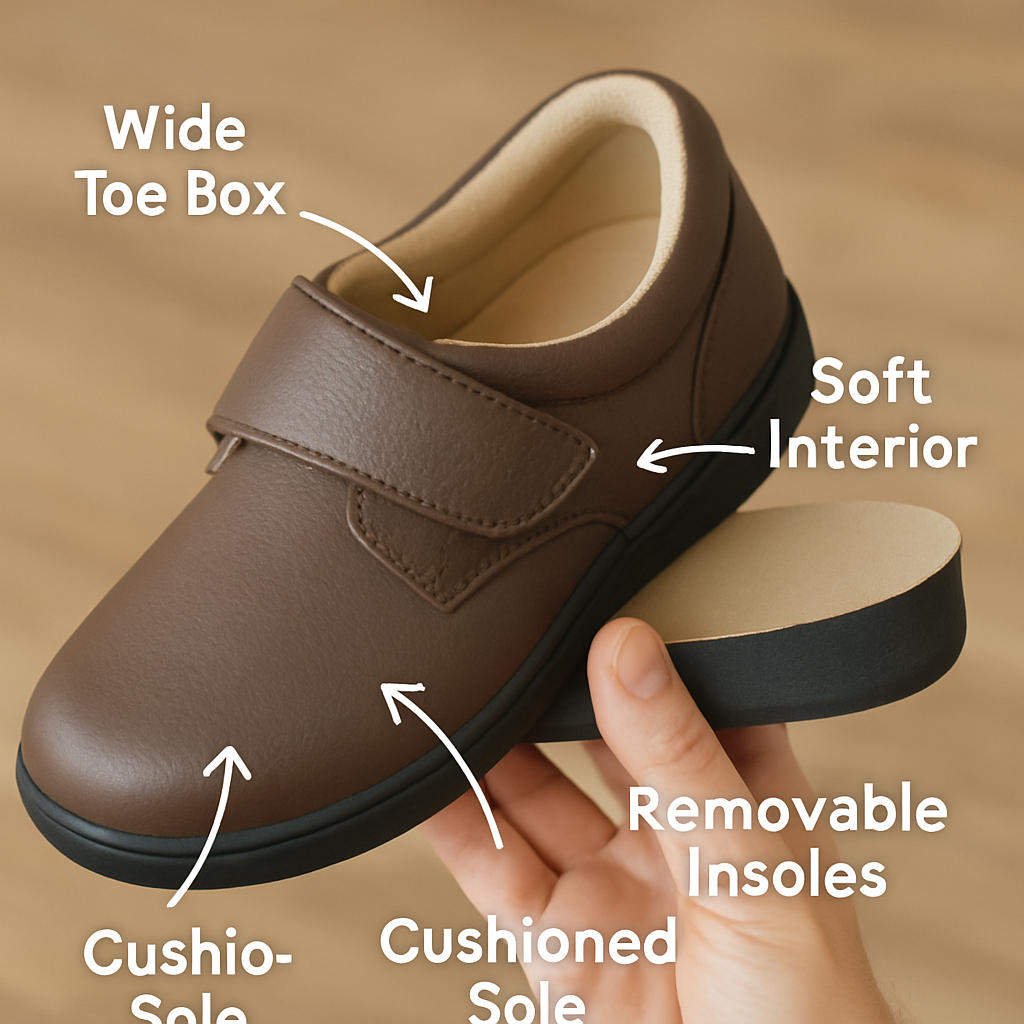Root pain can be an uncomfortable and debilitating condition that affects many individuals. Whether it's due to nerve root impingement or neuropathy, understanding the causes and management of root pain is essential to improving quality of life. In this article, we will explore the symptoms of L5 nerve root impingement, discuss the importance of choosing the right footwear, and offer practical tips for managing root pain effectively.
Root pain, commonly referred to as radicular pain, occurs when there is pressure or damage to the spinal nerve roots. This can result in pain, numbness, or tingling sensations that often radiate from the spine to other parts of the body. Root pain is frequently associated with conditions like sciatica, where the pain travels down the leg.
The most common cause of root pain is nerve root impingement, which can occur due to a herniated disc, bone spur, or other spinal conditions. When the nerve root is compressed, it can lead to pain and discomfort that affects daily activities.
Other potential causes include:
-
Degenerative disc disease
-
Spinal stenosis
-
Spondylolisthesis
Understanding the underlying cause of root pain is crucial for determining the appropriate treatment and management strategies.
Recognising L5 Nerve Root Impingement Symptoms
The L5 nerve root is one of the most commonly affected areas when it comes to nerve root impingement. It's important to recognise the symptoms early to seek appropriate medical intervention.
Common Symptoms
-
Pain: The pain often radiates from the lower back down to the leg and foot.
-
Weakness: There may be weakness in the legs or difficulty lifting the foot, a condition known as foot drop.
-
Numbness or Tingling: These sensations typically occur along the outer side of the leg and into the foot.
If you experience any of these symptoms, it is crucial to consult with a healthcare professional for a proper diagnosis and treatment plan.
The Importance of Proper Footwear
Footwear plays a significant role in managing root pain and related conditions like neuropathy. The right shoes can provide support, cushioning, and stability, reducing the strain on your spine and lower limbs.
Choosing the Right Shoes
When selecting shoes for neuropathy or nerve root issues, consider the following factors:
-
Cushioning: Look for shoes with ample cushioning to absorb shock and reduce pressure on the feet.
-
Arch Support: Proper arch support helps distribute weight evenly and reduces strain on the spine.
-
Fit: Ensure the shoes fit well and do not cause any additional pressure on the feet.
Brands that specialise in orthopaedic or neuropathy footwear often offer a range of options designed to alleviate discomfort and provide support.
Managing Root Pain: Tips and Techniques
Managing root pain effectively involves a combination of medical treatment, lifestyle changes, and self-care practices.
Medical Treatments
-
Medication: Over-the-counter pain relievers like ibuprofen or prescription medications can help manage pain and inflammation.
-
Physical Therapy: A physical therapist can design a program to strengthen muscles, improve flexibility, and reduce pain.
-
Surgery: In severe cases, surgical intervention may be necessary to relieve pressure on the nerve root.
Lifestyle and Self-Care
-
Exercise: Engage in low-impact exercises like walking or swimming to maintain mobility and reduce pain.
-
Posture: Pay attention to your posture, especially when sitting for long periods, to prevent additional strain on the spine.
-
Weight Management: Maintaining a healthy weight can reduce pressure on the spine and improve symptoms.
Home Remedies
In addition to medical treatments and lifestyle changes, there are simple home remedies that can help manage root pain:
-
Heat and Cold Therapy: Applying a heating pad or ice pack to the affected area can provide temporary pain relief.
-
Stretching: Gentle stretching exercises can improve flexibility and reduce tension in the muscles.
Conclusion
Root pain can significantly impact daily life, but understanding the symptoms and management strategies can make a difference. By recognising the signs of L5 nerve root impingement and choosing appropriate footwear, you can alleviate pain and improve your quality of life. Combining medical treatment with lifestyle changes and home remedies offers a comprehensive approach to managing root pain effectively.
For those experiencing persistent or severe symptoms, consulting with a healthcare professional is essential for a tailored treatment plan. With the right approach, managing root pain and living comfortably is within reach.
Remember, taking proactive steps today can lead to a more pain-free tomorrow.








